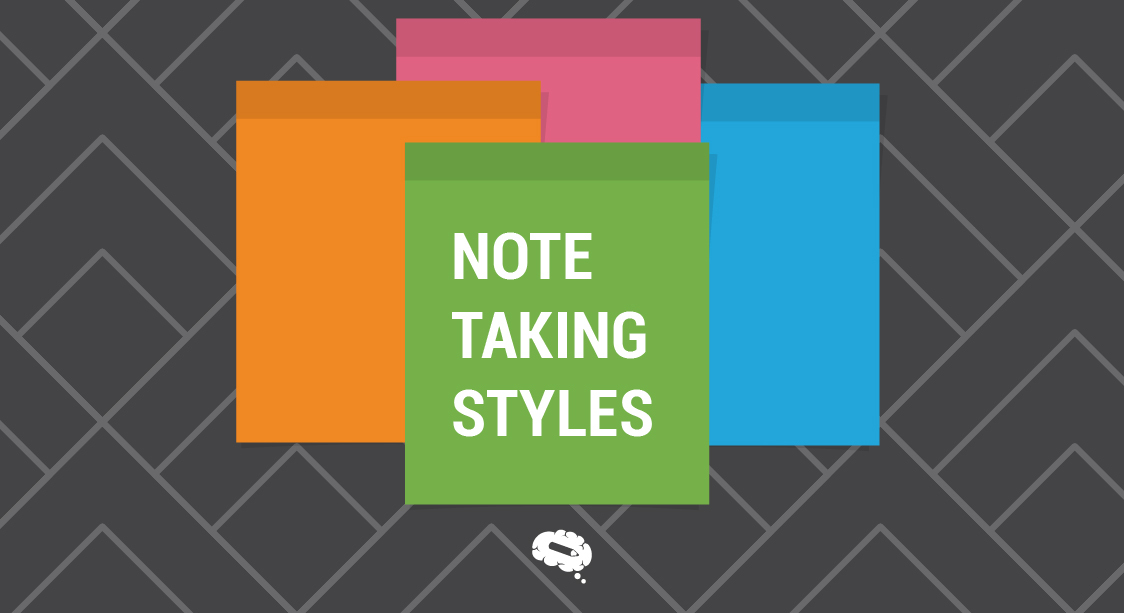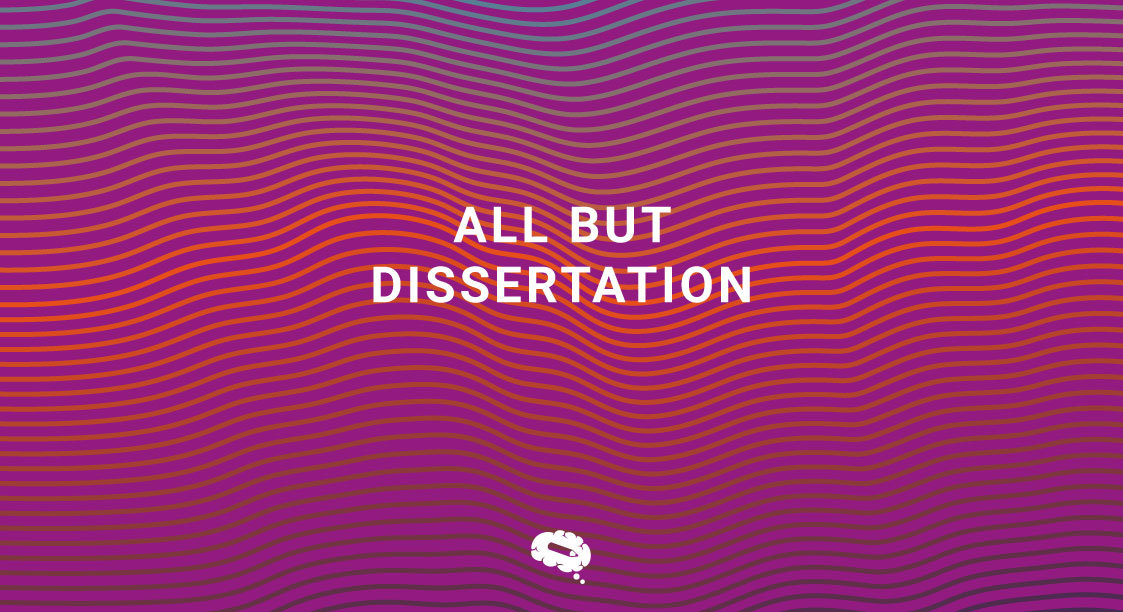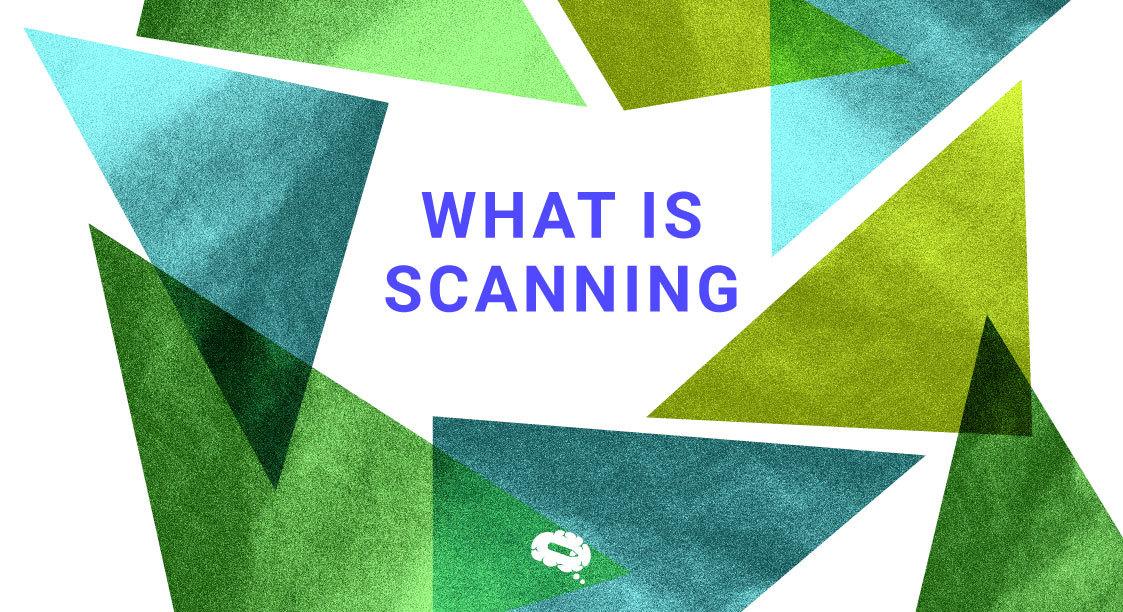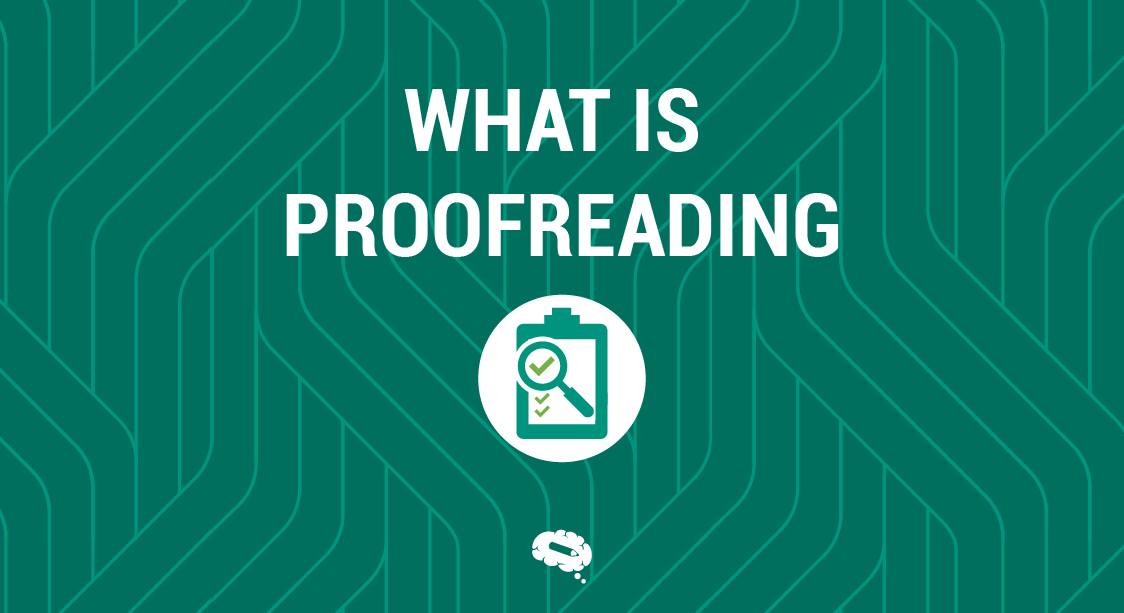Note-taking is the practice of capturing and organizing information for later use. It can be used to record lectures, seminars, webinars, meetings, interviews or even personal notes. The primary goal of note-taking is to help consolidate large amounts of information into meaningful chunks that are easier to comprehend and recall in a short period of time. Different individuals may have different styles when it comes to note-taking; some prefer traditional methods such as writing down notes during class or meetings while others opt for digital alternatives like typing out their notes on laptops or using applications such as Evernote or OneNote.
No matter which method they choose, however, the aim remains the same – creating an organized set of notes that can be easily referenced at any given time in the future. For most successful note-takers though, having a system in place is key: typically this includes breaking up notes into smaller sections by topic, highlighting important points with symbols such as asterisks (*) and making sure all relevant facts are captured accurately without straying too far from what was originally discussed. By investing time upfront in developing good habits around your chosen style of note-taking you will ultimately save yourself a lot more time when revisiting these topics for review purposes down the road!
Types Of Note Taking Styles
Taking notes is a skill that can be developed and improved over time. It’s important to find the style of note-taking that works best for you, as it will help you retain information more efficiently. There are many different types of note-taking styles, such as the Cornell Method, Outline Method, Mapping Technique and Charting Method. The most popular type of note-taking technique is probably the Cornell method which involves writing key points in one column while summarizing them into another section at a later date (For more details read “The Cornell Note Taking System“).
Additionally, mapping techniques such as concept maps or spider diagrams can help visualize relationships between ideas making them easier to remember long term. Alternatively, there are also charting methods where you use tables to organize your notes according to topics or categories with details included in each row/column; this allows for easy reference when revisiting material at a later point in time. Regardless of which style you prefer though, all these methods offer great ways to quickly jot down vital bits of knowledge and ensure efficient review sessions down the line!
Handwritten Notes

Classic traditional handwritten notes provide an effective and efficient way of taking down information for recall later. The act of writing out the words by hand helps to better encode the memory, making it easier to remember concepts when needed in the future. Furthermore, writing by hand stimulates different neurological pathways than a keyboard does—as evidenced by experiments that prove students take handwritten notes more quickly and accurately than typed ones.
Even though technology has made it possible to access our digital devices faster, handwriting can be just as fast or even faster if you’re good at taking notes this way. Plus, with instant search capabilities available on smartphones and laptops these days, finding specific pieces of information is much quicker. Writing your notes out longhand also allows you to identify key points more easily without getting lost in a forest of data or phrases that may not make sense when taken as a whole. Handwritten note-taking style is useful across all disciplines from mathematics equations to literature reviews. Many learners find that being able to physically move their hands while reflecting on ideas helps them become more engaged with the material they are studying.
Visual Learners
Visual learners prefer notes that have visuals and diagrams so that they can take in all the information at once. Taking visual notes can also help these learners stay focused while listening and understanding more complex topics since drawing diagrams, sketches, or other visuals allows them to better recall the material later on.
Visuals will provide structure while also helping organize content around important concepts and ideas. Visual cues are powerful when trying to recall complex topics or relationships between different pieces of data. Utilizing colors and highlighting keys presented as a graphic representation also helps to prepare a better visualization of the notes.
Finally, combining audio with visuals by using video recordings or photos alongside written text can further enhance comprehension and aid memory retrieval backed up by science research which suggests that incorporating multimedia elements into our studies improves performance considerably compared to studying via plain text alone!
Tips For Visual Learners
To be successful in note-taking as a visual learner, it is important to make sure that your notes are organized with headings and subheadings for quick scanning and easy retrieval of key points. Additionally, you should consider using visuals such as charts and graphs and making use of colors to organize material into topics or categories. You may also want to ensure that the font size is large enough so that it’s easily readable from a distance.
Tools To Help Visual Learners Take Notes
Popular tools for visual note-taking include mind mapping and sketchnoting. Mind mapping is a technique in which you use diagrams or drawings to map out ideas and connections between concepts. Sketchnoting uses illustrations combined with text as a way of representing information graphically. By utilizing these techniques, visual learners can use their creative skills to take notes engagingly and effectively – allowing them to make deeper connections between concepts while also retaining knowledge more effectively than traditional note-taking methods do.
There are several online services available specifically designed for individuals who want to take visual styles of notes such as Mind the Graph, Canva, Notability, Evernote and OneNote among others; each offering its own set of features to help users create useful visual representations of the topics they’re learning about quickly and efficiently
We recommend that you try using MInd the Graph if you are a visual note-taker! Write to us for feedback, we love to hear and connect!
Outline Method
The outline method is a note-taking approach that focuses on breaking down the text into its most essential parts. This method works best when taking notes from a structured book, lecture, or presentation. To use this method effectively, break up the material into main ideas or topics and then list key points and details under each one. To save time during lectures, jot down only keywords instead of complete sentences so you can refer back easily later. Outlining is particularly useful for summarizing longer texts such as textbooks because it allows you to quickly discern what’s important without getting bogged down in too much detail. Additionally, organizing your notes by outlining makes them easier to review quickly just before an exam or presentation since they’re already concisely organized for you in topic form – just flip through the categories of topics listed on your paper!
By using the outline method to structure your thoughts, you can easily identify the main ideas and supporting details in text materials that you read or listen to in class discussions/lectures. Additionally, outlining helps one effectively organize their thoughts which makes them better prepared when it comes time to study for exams or write essays on certain topics they have already taken notes on with this technique. With changes in the exam formats at times, if you have noted key works and highlighted them at the end of the day, that will help you answer multiple-choice questions and short questions quickly.
Outlining also allows students who prefer visual learning styles to understand complicated concepts. These lines would help them create visuals later without having to skim through long texts multiple times.
Tips For The Outline Method
To get started with the Outline Method, begin by jotting down a few topic headings at the top of your paper or device screen that summarize the material you’re studying. Then write bullet points underneath each heading with details about those topics so that all related sub-topics are grouped together. After introducing more detail into your outline, look back over it and fill out any additional info needed to make sure every concept has been included accurately. Finally, group similar concepts together within each section for even easier comprehension when revisiting this material later on. With practice, using this outline method will help speed up your note-taking process while making concepts much clearer than if they were presented in paragraph form alone!
Tools To Help With The Outline Method
To help maximize the efficiency of this method, there are several tools available that can make organizing ideas easier – such as mind maps, digital note-taking apps, audio dictation services, or even good old-fashioned paper notebooks! Digital note-taking apps like Evernote offer users the ability to capture and store any type of content from multiple sources in one place; audio dictation services enable users to transcribe important conversations or lectures directly into text; and classic paper notebooks provide a tactile writing experience so you can actually draw out your own diagrams or sketches when needed. With these useful tools in hand, anyone should be able to master the outline method quickly and easily!
Mapping Method
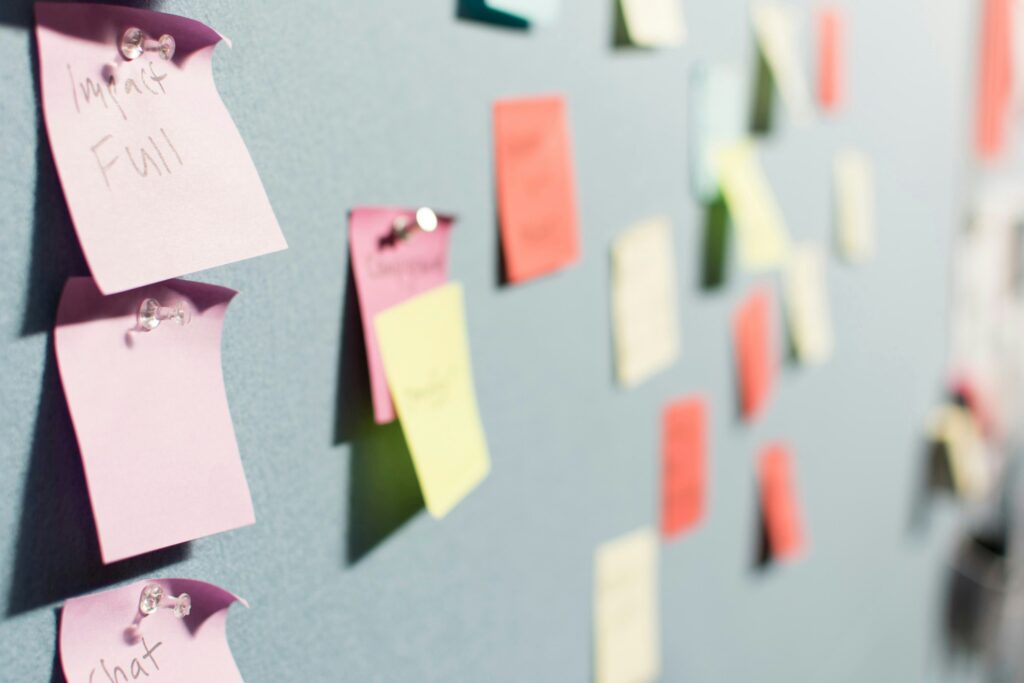
Taking notes with the mapping method involves organizing ideas into an easy-to-understand visual layout. The most popular type of map is a mind map, which arranges information in a radial pattern and follows the natural thought process of creating associations between concepts. This allows for greater comprehension and easier recall by breaking down complicated topics or ideas into smaller chunks that can be easily understood. Mind maps also help students remember material better on tests since they are visually stimulated as well as providing them with an overall view of what their notes contain in one glance. Additionally, this note-taking style is often used to identify key points from lectures or texts, structure essays, organize research papers, brainstorm creative solutions and more! By using this technique to take notes it encourages critical thinking skills while aiding problem-solving abilities too.
Taking notes is a critical tool for any learner, but different note-taking methods work better for different kinds of learners. The mapping method is an effective tool for visual and kinesthetic thinkers who need to see relationships among topics in order to store information effectively.
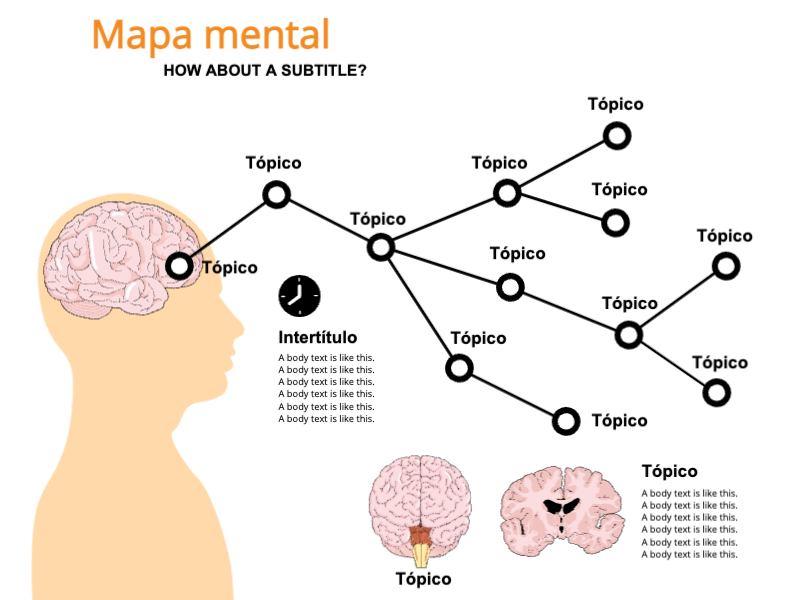
Mapping offers the advantage of allowing you to diagram information hierarchically or spatially, making large amounts of data easier to digest and recall. When using this technique, keywords are written as nodes on a page and linked together with lines that represent relationships between them. This helps you identify patterns quickly while also ensuring that your memory has multiple pathways by which it can access stored knowledge when needed later on. Additionally, because the mapped connections show how seemingly unrelated ideas fit into the bigger picture, they become easier to remember than if viewed separately — and thus more likely to be retrieved from memory during tests or other such scenarios.
Tips For The Mapping Method
To be successful, it’s important to take the time to thoughtfully plan your map before getting started. Start by jotting down key ideas or terms on a blank piece of paper or a dedicated note-taking app like Evernote. In the next step, connect them with lines and arrows. If there’s an unstructured lecture, try to divide up content into clusters based on topics so you can easily identify patterns when reviewing later on.
As you progress through each lecture, add more detail around those core topics, and if required, use color coding for emphasis. When writing out definitions or specific examples, don’t forget to capture any source materials mentioned as well – that way when revising later, you have instant access to further reading resources too! Overall, taking notes using the mapping method is incredibly helpful for making sense of complex topics and abstract knowledge – just remember: structure comes first!
Tools To Help With The Mapping Method
While it’s possible to draw out maps manually on paper or with pencils and markers, there are also a number of digital tools available that make the process simpler and more efficient. Many online apps like Miro board have built-in features like drag & drop arranging capabilities or search functions to quickly pull up related topics from existing documents while writing new ones.
Additionally, some programs offer templates specifically designed for mapping routes (we do!) which makes it faster for users who prefer this style over traditional linear note-taking techniques. By using these advanced systems in combination with the mapping method you can save time while keeping your ideas concisely arranged so they remain easy to recall when needed.
Blend Information And Graphics For Stunning And Effective Presentations
Mind the Graph streamlines the integration of information and graphics into stunning, impactful slides. Featuring a user-friendly interface and an extensive library of visuals, you can effortlessly craft persuasive presentations that elucidate intricate data with precision. Amaze your colleagues and engage your audience, all while optimizing your time and energy. Sign up for free!

Subscribe to our newsletter
Exclusive high quality content about effective visual
communication in science.

